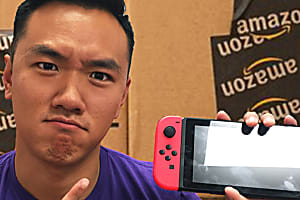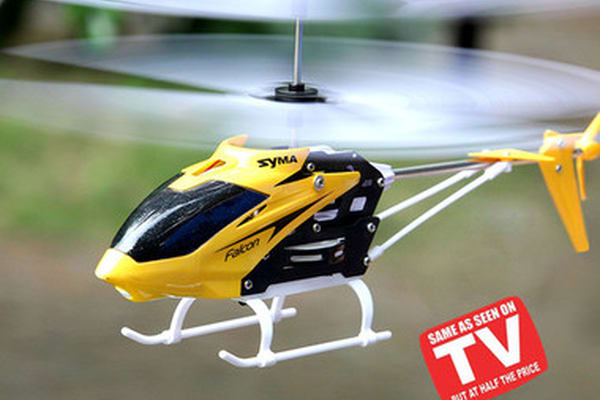NEW DELHI: In the absence of any diplomatic detente, the deadly war of attrition between India and Pakistan along the 778-km Line of Control (LoC) and 198-km International Boundary (IB) in Jammu & Kashmir has taken a sharp turn for the worse ever since the "surgical strikes" of September, 2016.
There were as many as 860 ceasefire violations (CFVs) along the LoC and another 120 along the IB in 2017, the highest-ever such tally in over 15 years. The number of CFVs has already touched 241 across the LoC in the first 36 days of this year, claiming the lives of nine Indian soldiers, as per
Army statistics.
Army chief General
Bipin Rawat says the
Pak Army is "suffering three to four times the number of casualties compared to us" in the CFVs. Given the current mood, these long and bloody tit-for-tat fire assaults across the border, with even light artillery guns, heavy mortars and anti-tank guided missiles often coming into play from both the sides, are not going to ebb anytime soon.
A day after a young captain and three soldiers were killed in heavy shelling by Pakistani forces in Rajouri district, Army vice-chief Lt-General
Sarath Chand on Monday warned of strong retaliatory action to avenge the losses. "That (retaliation) goes without saying. I think I don't have to say that. (Our) action will speak for itself," he said.
Added another senior officer, "Pakistan is hurt more than us...that's why the Pak Army refuses to give its casualty figures to its own Parliament. We estimate 130-140 Pak soldiers were killed in our cross-border firings and tactical operations last year."
But Indian soldiers have also paid a heavy price. Of the 62 who laid down their lives in J&K last year, 15 were killed in CFVs, 17 in infiltration and other incidents along the LoC and 30 in counter-terrorism operations in the hinterland.
"I don't think the situation will get better in the short term. The atmosphere has been completely vitiated by the Pak Army strategy to send terrorists across to carry out IED blasts, mutilate our soldiers and attack garrisons.
It leaves no space for any confidence-building like a ceasefire agreement," said former
Northern Army Command chief, Lt-Gen D S Hooda (retd), who oversaw the "surgical strikes" on September 29, 2016.
Indian
Para-Special Forces had conducted the "surgical strikes" against terror launch pads, close to Pak Army posts, in four different locations in PoK to avenge the killing of 19 Indian soldiers in a suicide attack at the Army camp in Uri earlier that month.
That, in effect, triggered the sharp escalatory spiral, with Pakistan indulging in 78 and 88 CFVs in October and November 2016.
India also began to "pro-actively dominate" the LoC with "pre-emptive and punitive fire assaults" on Pak Army posts aiding infiltration, which became all the more fiercer after two of its soldiers were beheaded in a BAT (border action team) operation in Krishna Ghati sector in Poonch on May 1 last year.
The Pak Army was obviously not about to roll over and play dead. It responded in full measure, sometimes deliberately targeting civilian centres in the Jammu region.
 File photo of Army chief General Bipin Rawat
File photo of Army chief General Bipin Rawat














